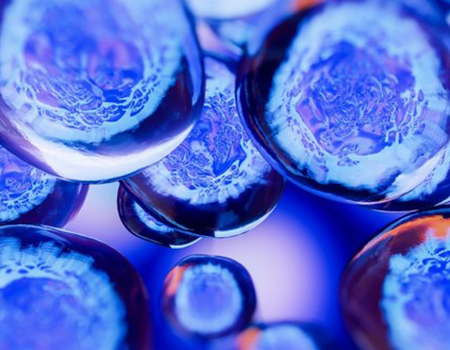Stem Cell and Stem Cell Treatments ( CGF / CD 34 )
All tissues and organs in our body are diversified by the differentiation of a single type of mother (stem) cells; These cells have the ability to self-renew, divide unlimitedly, and transform into different organs and tissues. When cells such as bone, muscle, cartilage, liver, nerve and skin cells in our body divide, they form cells like themselves. Stem cells, on the other hand, do not have a specific task, unlike these cells. Therefore, they can transform into different cell types according to the need and the signal they receive from their location.
When tissue damage occurs in the body, stem cells become active, secrete growth factors and repair the tissue, on the other hand, they can transform into different tissues such as muscle, bone, joint cartilage and fat.
There are two main types of stem cells. One is stem cells obtained from fetuses and the other is obtained from adults. In fact, stem cells obtained from the fetus have a higher transformation potential than those obtained from adults; however, its use is very low due to ethical issues. Research is usually done on adult stem cells, which have a lower transformation ability.
Approximately one out of every 100,000 cells is a stem cell. These cells need to be replicated for treatment success. The tissue sample taken for this is produced in cell culture or centrifuged. Adult stem cells are undifferentiated cells found in every specialized tissue in people of all ages; They transform into different cell types in the tissues where they are needed. Adult stem cells reproduce by producing copies of themselves as long as the organism lives. These cells serve as sources of spare parts that replace old, diseased or dying cells in tissues.






